Linux Device Driver Programming With Beaglebone Black (LDD1)
Loại khoá học: Operating Systems & Servers
Foundation course on practical Linux device driver programming
Mô tả
==> This should be your very first course to dive into the exciting world of "Linux device drivers" <==
In this course you will learn ,
Fundamentals Linux kernel module and syntax
Character device driver theory and code implementation
Platform bus, Platform device, and platform driver concepts
Platform driver implementation
Device tree from scratch
Accessing device tree nodes from drivers
Device instantiation through device tree nodes
Device tree properties and node syntax
Device tree overlays
Overlays testing via u-boot
Kernel synchronization services (Mutex, Spinlocks)
Linux device model and sysfs
Linux GPIO subsystem
Linux pinctrl subsystem
Hardware Requirements:
1) For some exercises involving testing of GPIOs, pinctrl, device tree nodes, overlays, you need a board.
In this course, Beaglebone Black board is being used.
2) Mini USB cable to power BBB
3) USB to UART cable for serial connection with BBB
4) Micro SD card 8/16 GB
5) SD card reader
6) 16x2 LCD and 10K potentiometer
7) Jumper wires
8)Bread board
OS Requirements:
32/64 bit Ubuntu 18.04+ LTS
Learning order of FastBit Embedded Brain Academy Courses,
If you are a beginner in the field of embedded systems, then you can take our courses in the below-mentioned order.
This is just a recommendation from the instructor for beginners.
1) Microcontroller Embedded C Programming: absolute beginners(Embedded C)
2) Embedded Systems Programming on ARM Cortex-M3/M4 Processor(ARM Cortex M4 Processor specific)
3) Mastering Microcontroller with Embedded Driver Development(MCU1)
4) Mastering Microcontroller: TIMERS, PWM, CAN, RTC,LOW POWER(MCU2)
5) Mastering Microcontroller: STM32-LTDC, LCD-TFT, LVGL(MCU3)
6) Embedded System Design using UML State Machines(State machine)
7) Mastering RTOS: Hands-on FreeRTOS and STM32Fx with Debugging(RTOS)
8) ARM Cortex M Microcontroller DMA Programming Demystified(DMA)
9) STM32Fx Microcontroller Custom Bootloader Development(Bootloader)
10) Embedded Linux Step by Step using Beaglebone Black(Linux)
11) Linux device driver programming using Beaglebone Black(LDD1)
Bạn sẽ học được gì
Yêu cầu
Nội dung khoá học
Viết Bình Luận
Khoá học liên quan

Đăng ký get khoá học Udemy - Unica - Gitiho giá chỉ 50k!
Get khoá học giá rẻ ngay trước khi bị fix.




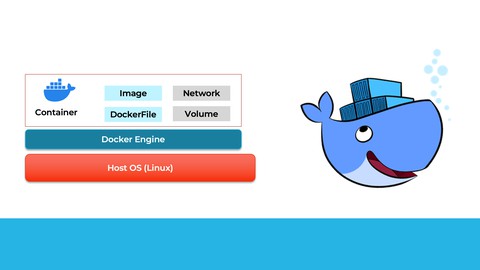

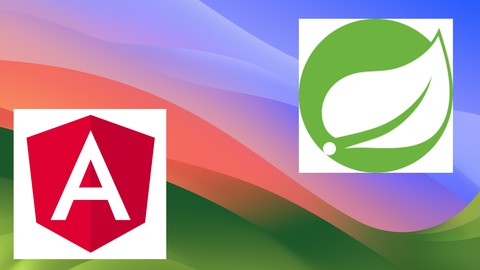
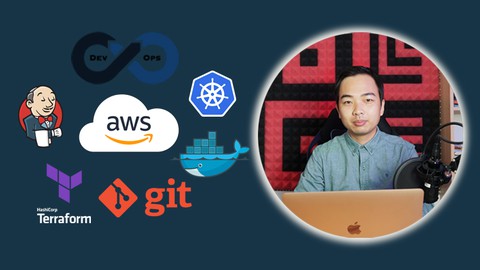
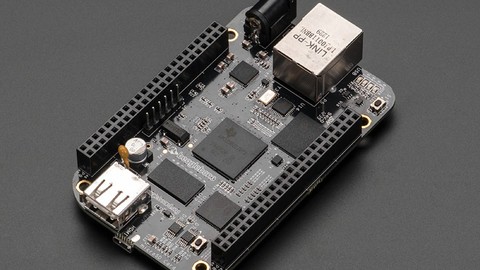

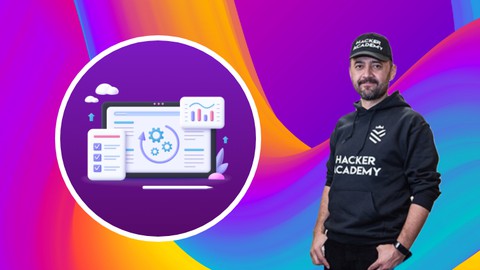
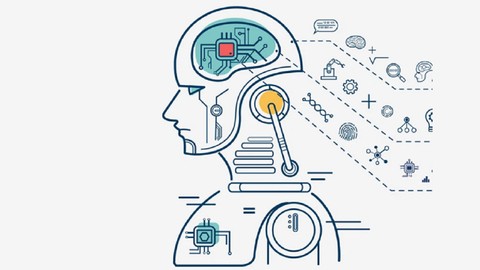





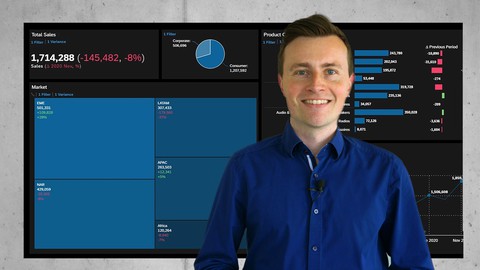
Đánh giá của học viên
Bình luận khách hàng